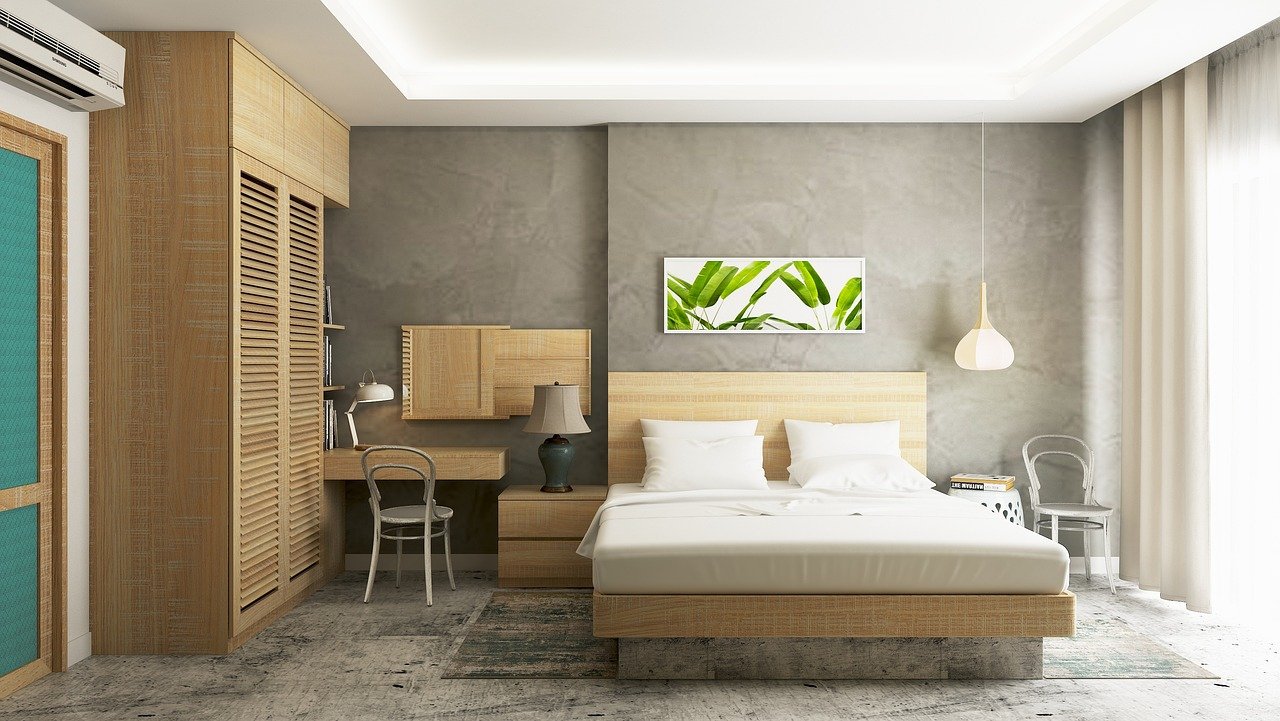Examine the Room: How Interior Design Tells a Story

Homes that “tell a story” is a popular design concept, relating both to aesthetic narrative and emotional connection to the space. While home-staging effectively creates a blank page to help potential buyers envisage their own story, the art of “making a house a home” does the opposite.
Doing so might involve the use of design preferences, or collecting, curating and displaying favorite objects such as books, artwork or more personal items like photographs, souvenirs or objects connected to hobbies and pastimes.
From Minimalism to Eclecticism
This reflects a more eclectic style (as illustrated by this Washington, DC interior design company). Recent years have seen a shift from more minimalist spaces (think Kim Kardashian’s spacious LA property) towards spaces like Lily Allen and David Harbor’s whimsical NYC apartment.
While it might be a challenge to pinpoint exactly why this is, one or two factors appear to have had a significant influence on this trend towards interiors that tell a visual story about the owner’s personal style, nostalgia being a major influence
Past Influences
While the space-age look of the 1960s (with its references to futuristic elements) was influenced by the moon landing, less positive events tend to create a need for more down-to-earth comforts, and the familiarity of the past, especially when the future feels uncertain.
The most recent example of this is the pandemic, where in addition to nature-inspired elements, there was also a noticeable trend towards nostalgic styles like dark academia, cottage core and grand-millennial, a style reminiscent of visits to a beloved grandparent’s home filled with knick-knacks and tchotchkes.
Make Yourself a Home
Another factor may have to do with individualism. The industrial revolution brought interior design to the masses, and with it, mass-production, reducing the call for artisans to create items such as handcrafted furniture. Trends became a way for consumers to buy more, switching styles according to what was currently in vogue so as not to be “behind the times”.
More recently , renewed awareness of the environmental effects of mass consumerism (coupled with an increased desire for the artisanal and bespoke) has since prompted a trend towards practices contributing to a more eclectic look, such as antique shopping, thrifting and upcycling.
Can Fun Ever Be Functional?
While minimalism tends to be associated with space and orderliness, eclecticism takes a “more is more” approach. Those who prefer to keep things simple may view this as visually over stimulating and jumbled. However, there is a method to making a space that looks and feels lived-in live able.
The apartment of Friends character Monica Geller is a classic example of “intentionally thrown-together” style, using mismatched chairs and other assorted items to create a look that was cool and cozy without becoming disheveled or disorganized (which as fans know, Monica would never allow.)
Mixing Things Up
For those seeking a more eclectic aesthetic in their own home, intention provides a framework from which to create a personal, yet purposeful space. A shelf crammed with random objects (for example) can be messy, while a series of carefully-chosen and arranged items is intentional.
Similarly, too many patterns of colors might be an eyesore, while a unifying color scheme helps to make visual sense of the story being told, one that embraces imperfection and celebrates the things in life that bring us joy.
